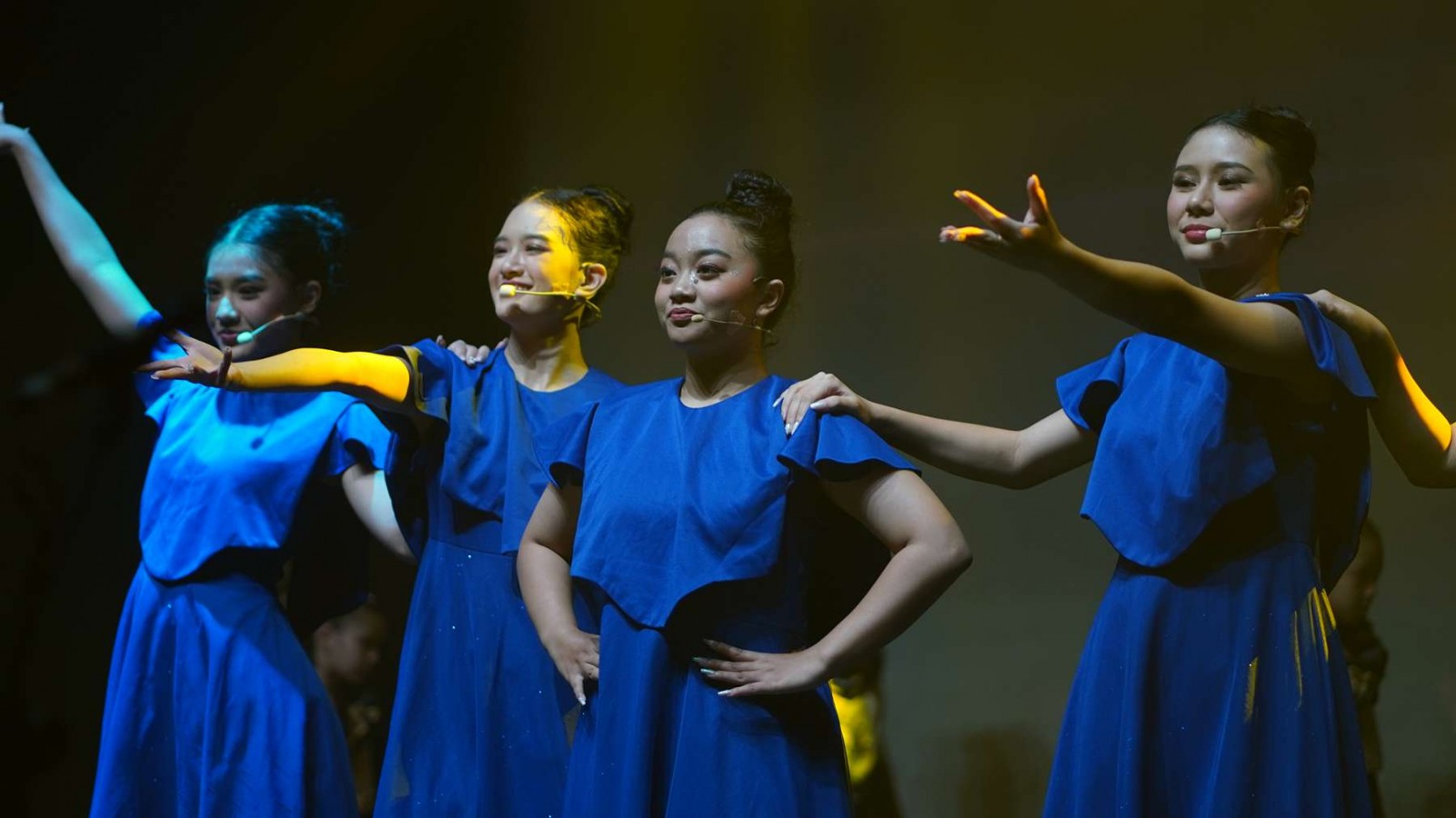Understanding Different Types of Singing Voice: For Both Male and Female

Have you ever wondered why some singers have powerful booming voices while others sound soft and angelic? That’s because everyone has a unique singing voice type, determined by factors like vocal range, timbre, and the natural tone of their voice.
Understanding these voice types is essential for singers and music enthusiasts alike. In this guide, we’ll break down the different types of singing voices, how to find your vocal range, and the classifications for both male and female singers.
How to Find Your Vocal Range
To determine your singing voice type, you first need to know your vocal range. This is the set of notes you can comfortably sing—from your lowest note to your highest note. Here’s how to find your range:
1. Find Your Lowest Note
Start by playing C4 on a piano (or use a piano app). Then, hum or sing a consistent vowel sound, like "ah," and try to match that note.
Slowly move down the white keys on the piano, and keep going until you reach a note that feels too low for you to sing comfortably without running out of breath or straining.
Once you find that note, you’ve discovered the lowest point of your vocal range. Don’t forget to write it down so you remember it!
2. Find Your Highest Note
Now, to find your highest note, start again with C4 and this time, go up the piano keys.
Keep singing and matching each note as you go higher, until you reach a note that feels too high to sing comfortably. Once you hit that note, that's your highest note. Make sure to write it down, too!
3. Compare Your Low and High Notes
To find your vocal range, you just need to compare your lowest and highest notes. This is your personal vocal range, and it helps to classify your singing voice into a vocal type (like soprano, alto, tenor, or bass).
Singing Voice Types for Females
Every woman’s voice is unique, and singers can be grouped into different voice types based on the range and characteristics of their voice. Here's a breakdown of the main female voice types:
1. Soprano
The soprano is the highest female voice, known for its bright, powerful sound. Sopranos have the ability to sing from middle C all the way up to two octaves higher. This makes it the most common female voice type, often given leading roles in operas.
The soprano is frequently the heroine or protagonist in stories. A famous example of a soprano aria is O mio babbino caro from Puccini’s Gianni Schicchi. There are also subtypes of soprano, like the coloratura soprano, which is particularly agile and can sing even higher than regular sopranos.
A famous coloratura soprano is Patricia Petibon, especially known for her rendition of the Queen of the Night aria in Mozart’s The Magic Flute.
2. Mezzo-Soprano
The mezzo-soprano voice lies between soprano and contralto. It’s slightly lower than soprano, with a range from A3 (below middle C) to A5.
Mezzo-sopranos are known for their rich, darker tone and are often cast in secondary roles in opera, though there are notable exceptions like Carmen, where the lead role is for a mezzo.
A well-known mezzo-soprano is Elīna Garanča, whose performance of Habanera from Carmen showcases the depth and drama of the mezzo voice.
3. Contralto
The contralto is the lowest female voice, with a range from F3 below middle C to F5. This voice type is rare and often used for roles that require a deep, dark tone, such as witches or male characters (like trouser roles).
Contraltos are much less common than sopranos and mezzos. Natalie Stutzmann is a famous contralto, and she brings the richness of her voice to pieces like the L'aure che spira aria from Handel’s Giulio Cesare.
Singing Voice Types for Males
Just like females, male singers also have different voice types, each with its own unique range and tone. Understanding these voice types helps in choosing the right roles in opera, musical theater, and other vocal performances. Here’s a breakdown of the most common male voice types and what makes each one special:
1. Countertenor
The countertenor is the highest-pitched male voice, with a vocal range similar to the contralto (E3 – E5). This voice type was very popular during the Baroque era but nearly disappeared during the Romantic period.
However, in the 20th century, composers like Britten revived it by writing specific music for countertenors. In modern operas, countertenors often take on roles originally written for the castrato, who had a similar high-pitched voice.
Famous countertenor Philippe Jaroussky is known for his stunning performances, such as his rendition of Handel's Furibondo spira il vento from Partenope.
2. Tenor
The tenor is the second highest male voice after the countertenor, and it has a range from C3 to C5. Historically, tenors were the singers who "held" the melody in operas, which is why the name comes from the Latin verb tenere, meaning "to hold."
Tenors often play heroic characters in operas. Famous tenor arias include Nessun dorma and E lucevan le stelle from Puccini’s Turandot and Tosca, performed by singers like Murat Karahan.
3. Baritone
The baritone lies between the tenor and bass and is the most common male voice. With a range from A2 to A4, baritones are versatile and can sing both heroic and villainous roles.
The baritone voice emerged as a separate type in the 18th century. A classic example of a baritone role is Figaro from Rossini's The Barber of Seville, famously performing Largo al factotum, as sung by Pietro Spagnoli.
4. Bass
The bass is the lowest male voice, spanning from E2 to E4. Basses are often cast in roles that portray older, wiser characters, or sometimes comedic ones. The deep, rich sound of a bass voice is powerful and commanding, making it perfect for these iconic roles in opera and musical theatre.
Find Your Unique Sound!
Knowing your voice type helps you choose songs that suit your range, reduce strain on your vocal cords, and improve your overall performance. It also makes it easier to communicate with vocal coaches and participate in choirs or musical performances.
At Rockstar Academy, we offer a Broadway class that’s designed to take your vocal skills to the next level. With fun and challenging vocal exercises, you'll work on strengthening your voice, improving your technique, and gaining the confidence needed to shine on stage.
Our Sports & Performing Arts Academy provides a supportive environment where you can explore your passion for musical theater, all while preparing for opportunities in events and competitions like Broadway Recital, Elite Championships and RockOlympics.
Whether you're a seasoned performer or just starting out, this class is perfect for anyone wanting to improve their vocal range and performance skills. Best of all, you can experience it all for free with our free trial offer—come see what makes Rockstar Academy the best place to unlock your Broadway dreams!
FAQ
What are the seven singing voices?
The seven main singing voices are Soprano, Mezzo-Soprano, Contralto, Tenor, Baritone, Bass, and Countertenor.
What is the most common type of singing voice?
The most common type of singing voice is Soprano for females and Tenor for males.



